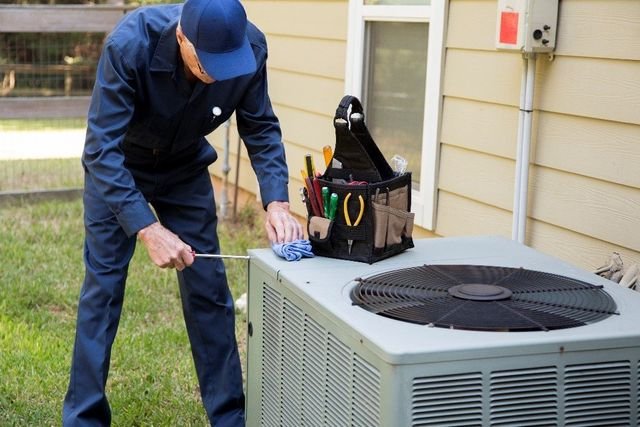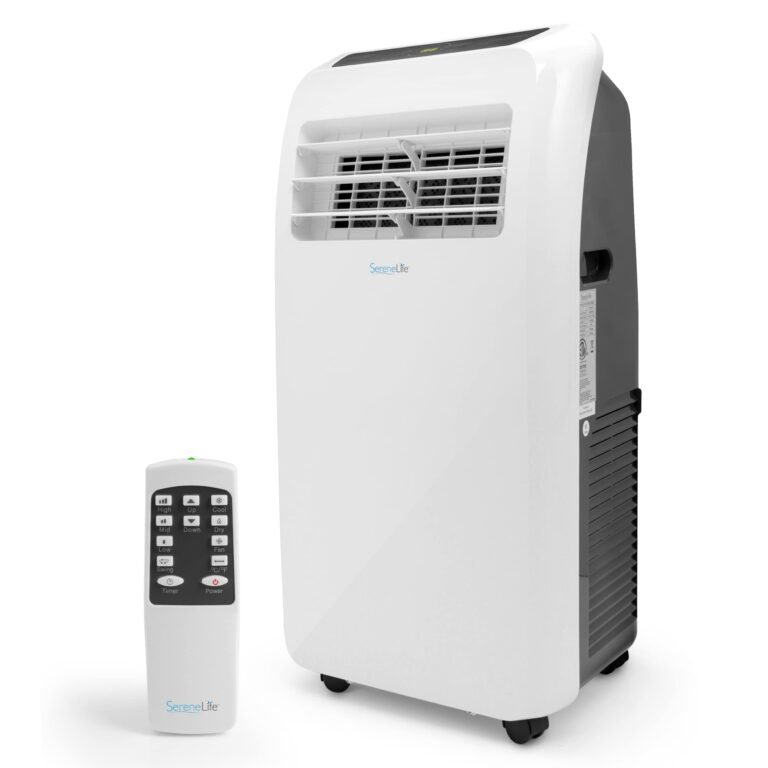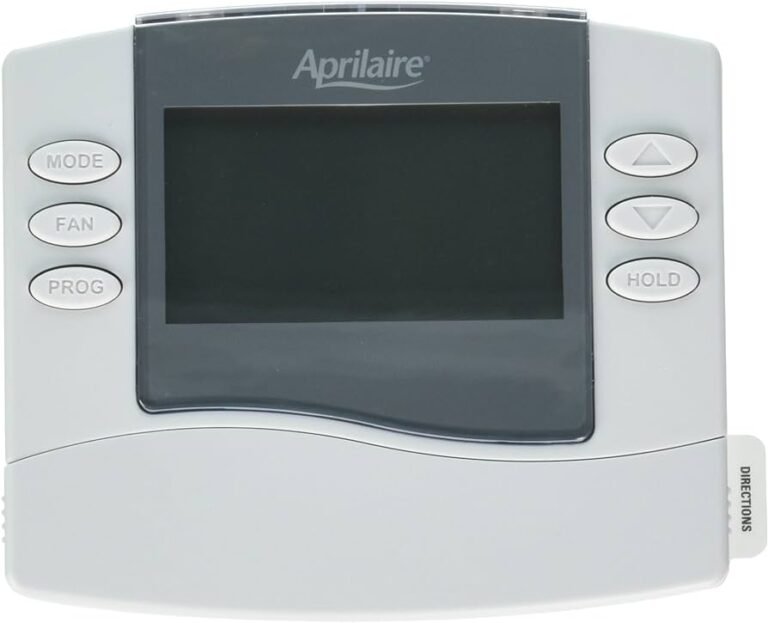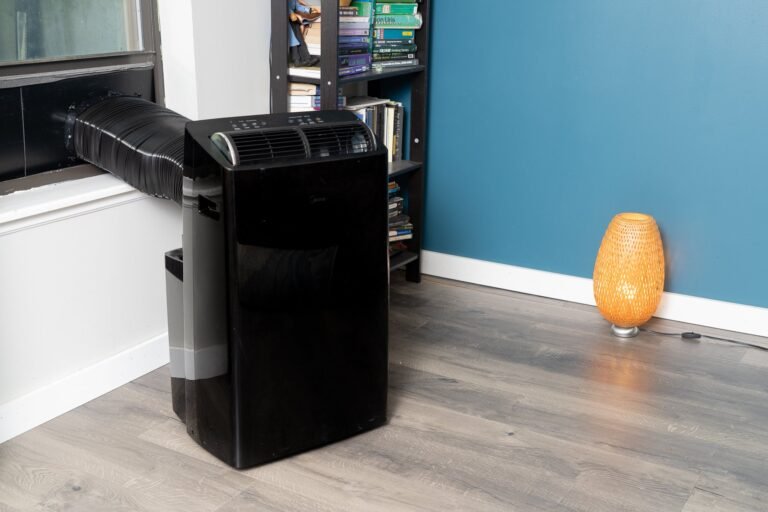How to Check AC Gas Level at Home: Easy and Quick Step-by-Step Guide
To check the AC gas level at home, confirm the type of refrigerant your unit has, check the refrigerant pressure, take evaporation and condensation readings, and calculate the refrigerant level. If your home takes longer to cool off or if your air conditioner doesn’t cool well during the day but catches up in the evening, it could indicate a low gas level.
Additionally, if your indoor thermostat is increasing in temperature and humidity for no apparent reason, it may be a sign of low refrigerant. Make sure to check the gas level regularly to maintain the optimal performance of your AC unit.
Understanding The Importance Of Checking Ac Gas Level
Gas Level at Home Understanding the Importance of Checking AC Gas Level Checking the AC gas level regularly is crucial for maintaining the cooling efficiency and prolonging the lifespan of your AC system. When the AC gas level is too low, it can have a significant impact on the cooling efficiency, making your AC struggle to cool your home effectively. This can result in higher energy consumption, increased electricity bills, and reduced comfort. On the other hand, an overcharged AC gas level can also cause problems. It can lead to excessive pressure and strain on the system, potentially causing damage to the compressor and other components. This can lead to costly repairs and even the need for a complete AC system replacement. By checking the AC gas level regularly, you can identify any issues early on and take the necessary steps to rectify them. It is recommended to consult a professional HVAC technician for an accurate assessment of the AC gas level and any required maintenance or repairs. In conclusion, understanding the significance of proper AC gas levels is essential for maintaining optimal cooling efficiency and avoiding potential damage to your AC system. Regular maintenance and timely inspections by professionals are crucial in ensuring the longevity and performance of your AC unit.Signs Of Low Ac Gas Level
If your air conditioning unit is not cooling your home as effectively as it used to, it may be a sign that the AC gas level is low. There are several indicators that can help you determine if your AC gas level is low:
- Longer cooling time: If it takes longer for your home to cool down, it could be a sign that your AC gas level is low.
- Increased humidity indoors: Low AC gas levels can lead to increased humidity indoors, making your home feel uncomfortable and sticky.
- Inconsistent cooling performance: If your air conditioner cools well during certain times of the day but struggles to maintain a consistent temperature throughout, it may indicate low AC gas levels.
- Unusual noises from the AC unit: Low AC gas levels can cause your AC unit to make unusual noises, such as hissing or bubbling sounds.
If you notice any of these signs, it’s important to check the AC gas level and refill it if necessary. It is recommended to contact a professional HVAC technician to accurately diagnose and address the issue.
Step-By-Step Guide To Check Ac Gas Level At Home
| Subheading | Important details |
|---|---|
| Pressure gauge | Use a pressure gauge to check the AC gas level at home. |
| Refrigerant leak detector | Use a refrigerant leak detector to check for any gas leakage. |
| Safety goggles and gloves | Wear safety goggles and gloves to protect yourself while handling the AC system. |
| Different types of service valves explained | Learn about the different types of service valves and their functions. |
| Proper way to attach the pressure gauge | Understand how to correctly connect the pressure gauge to the AC system. |
| Understanding normal pressure range | Learn about the normal pressure range for AC gas and how to interpret the readings. |
| Identifying low and high-pressure indications | Know how to identify low and high-pressure indications on the pressure gauge. |
| Techniques to detect refrigerant leaks | Discover different techniques to detect refrigerant leaks in the AC system. |
| Adding refrigerant if the gas level is low | Find out how to add refrigerant to the AC system if the gas level is low. |
| Seeking professional help for severe issues | Know when it is necessary to seek professional help for severe AC system issues. |

Credit: acarchitects.biz
Diy Tips To Maintain Optimal Ac Performance
DIY Tips to Maintain Optimal AC Performance
|
Properly maintaining your AC system is essential to ensure optimal performance and energy efficiency. One important step is to regularly clean air filters and coils. Dust and debris can accumulate, blocking the airflow and causing your AC to work harder. Keeping the outdoor unit free from debris is also crucial as it can obstruct the airflow and affect the system’s performance. Additionally, maintaining proper insulation in your home helps to prevent heat transfer and keeps the cool air inside. It is also recommended to schedule professional maintenance at least once a year to identify and address any potential issues before they become major problems. By following these DIY tips, you can prolong the life of your AC system and enjoy a comfortable indoor environment.
Frequently Asked Questions For How To Check Ac Gas Level At Home
How Do I Know If My Ac Is Low On Gas?
To know if your AC is low on gas, look for signs like longer cooling times, rising indoor temperature and humidity, poor cooling during the day but better at night. Confirm the type of refrigerant, check pressure, and take readings of evaporation and condensation temperatures to calculate the level.
How Do I Check The Status Of My Ac Gas?
To check the status of your AC gas, follow these steps: 1. Confirm what type of refrigerant your AC unit has. 2. Check the refrigerant pressure. 3. Take evaporation and condensation readings. 4. Measure the refrigerant temperature. 5. Calculate the refrigerant level.
How Do I Check The Freon Level In My Home Ac Unit?
To check the Freon level in your home AC unit, follow these steps: 1. Confirm the type of refrigerant your AC unit uses. 2. Check the refrigerant pressure. 3. Take evaporation and condensation readings. 4. Measure the refrigerant temperature. 5. Calculate the refrigerant level.
How Do You Check Freon In Ac Without Gauge?
To check the Freon in your AC without a gauge, follow these steps: 1. Confirm the type of refrigerant your AC unit uses. 2. Check the refrigerant pressure. 3. Take evaporation and condensation readings. 4. Measure the refrigerant temperature. 5. Calculate the refrigerant level.
Remember, it’s important to consult a professional if you’re unsure or uncomfortable performing these steps yourself.
Conclusion
Checking the AC gas level at home is a crucial step in maintaining the efficiency and performance of your air conditioner. By following the step-by-step instructions and using the proper tools, you can easily determine the status of your AC gas and take appropriate action if needed.
Remember, low refrigerant levels can lead to poor cooling, increased energy consumption, and potential damage to your AC unit. So, make sure to regularly check your AC gas levels and consult a professional if you encounter any issues.






